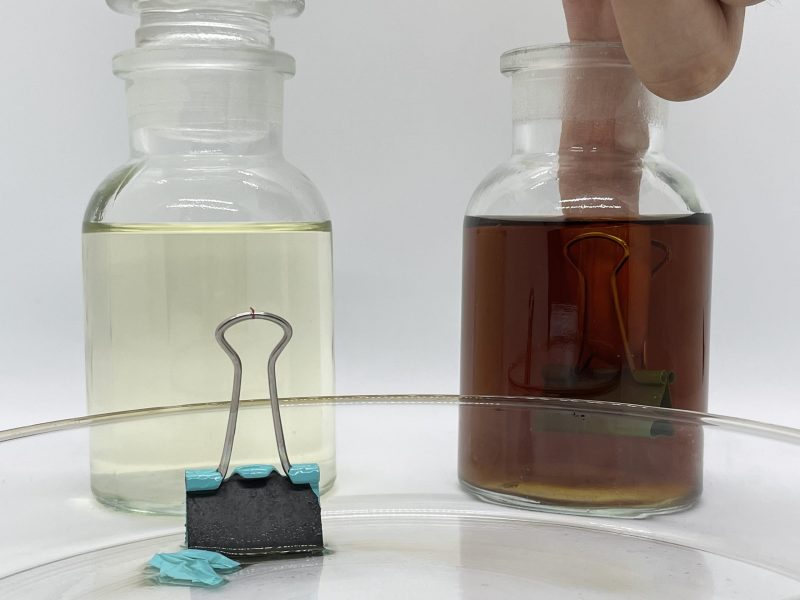Phytase is an enzyme that degrades phytate and increases the availability of phosphorus in animal diets. Phytase is found in much higher amounts in wheat than in corn and soybeans; commercially available phytase products are derived from fungi and bacteria, and sometimes yeasts.
Read on to learn four things you may not know about phytase.
1. Phytase can improve digestibility of other nutrients besides phosphorus
Phytase can improve phosphorus digestibility by about 10 percent, and as calcium is also bound in the same phytate molecule, it also improves calcium digestibility about 10 to 20 percent. Limited and quite often disputable research has also demonstrated that it may as well improve digestibility of other nutrients bound to phytate, such as protein and trace minerals. The net result of a phytase is, of course, reduction of excreted phosphorus, which can range up to 30 percent.
2. A diverse range of commercial phytase enzymes are available
There is a diverse range of phytase enzymes currently on the market, each typically derived from a different biological source. Whether these phytases come from natural fungal fermentations or heterologous expression systems defines their mode of action and dictates how and to what extent phytate can theoretically be hydrolyzed.
3. Superdosing can increase feed efficiency and performance
Superdosing phytase in poultry diets can result in improved feed efficiency and growth performance. Superdosing differs from standard phytase dosing by taking the destruction of the phytate in feed ingredients beyond simply providing feed cost savings through the release of phosphorus, and eliminates the anti-nutritional effects that phytate has within the digestive tract.
While the jury may still be out on the actual commercial benefits of superdosing, some published literature suggests corresponding improvements in feed conversion ratio and/or apparent metabolizable energy when phytase is supplemented at higher-than-recommended rates. Phytase activity does not respond in a linear fashion; doubling the phytase dose will not result in a doubling of enzyme efficacy. In fact, the numbers indicate that doubling a standard 500 FTU/kg dose will only result in a 30 percent increase in phytase efficacy, and doubling that dose again will halve that efficacy rate.
The effects associated with superdosing may be achieved through extensive phytate hydrolysis, whereby the products of phytase-treated phytate (known as IP esters) are further hydrolyzed. Similar to phytate, IP esters still retain antinutritional properties, perhaps the most detrimental of which, from a dietary perspective, is the impairment of mineral absorption. Subsequently, phytase efficacy becomes a very relevant factor when trying to maximize the nutritional value of feed.
4. Mineral form can determine efficacy of phytase enzymes
Research has demonstrated that dietary minerals can have antagonistic effects on phytase activity, with mineral form being a key determinant of enzyme efficacy. In vitro assessments on the influence of copper for five different commercial phytases indicated a considerable difference in enzyme function when exposed to either organic or inorganic copper analogues. In this study, the effect of organic trace minerals on relative phytase activity equated to a 20 to 50 percent retention of enzyme function compared to equivalent recommended levels of inorganic trace minerals. A similar response was observed with iron, whereby organic trace minerals exhibited a considerably higher retention of phytase activity, in this instance anywhere from 10 to 50 percent activity depending on the phytase source.



